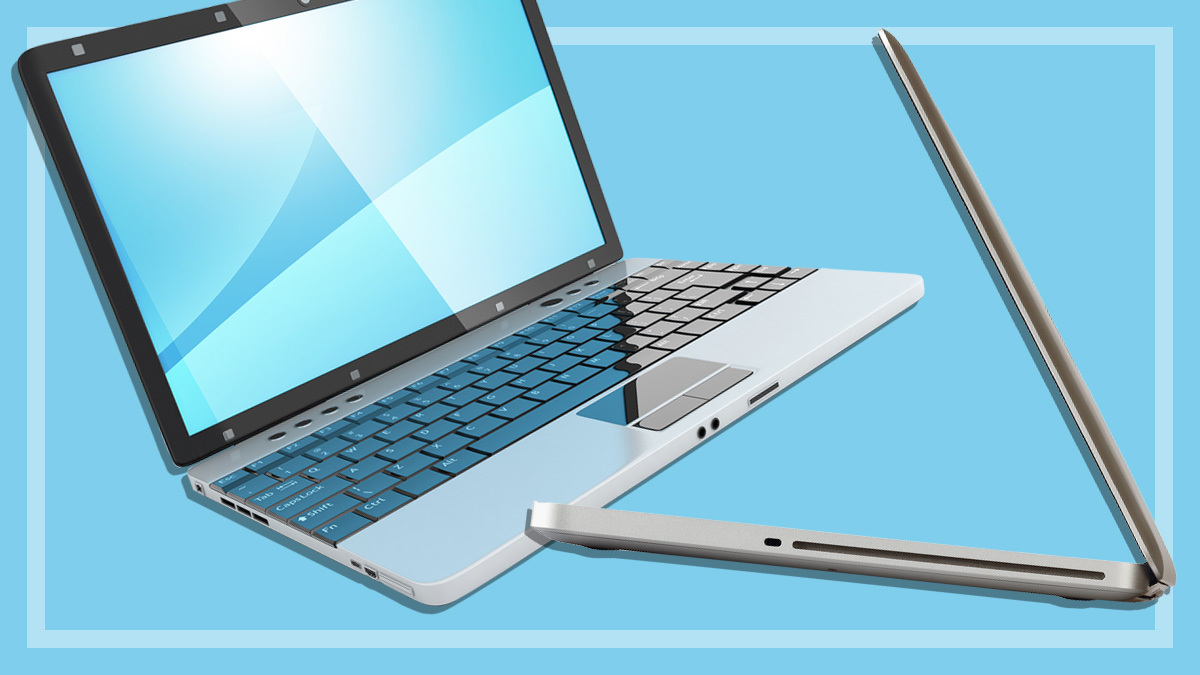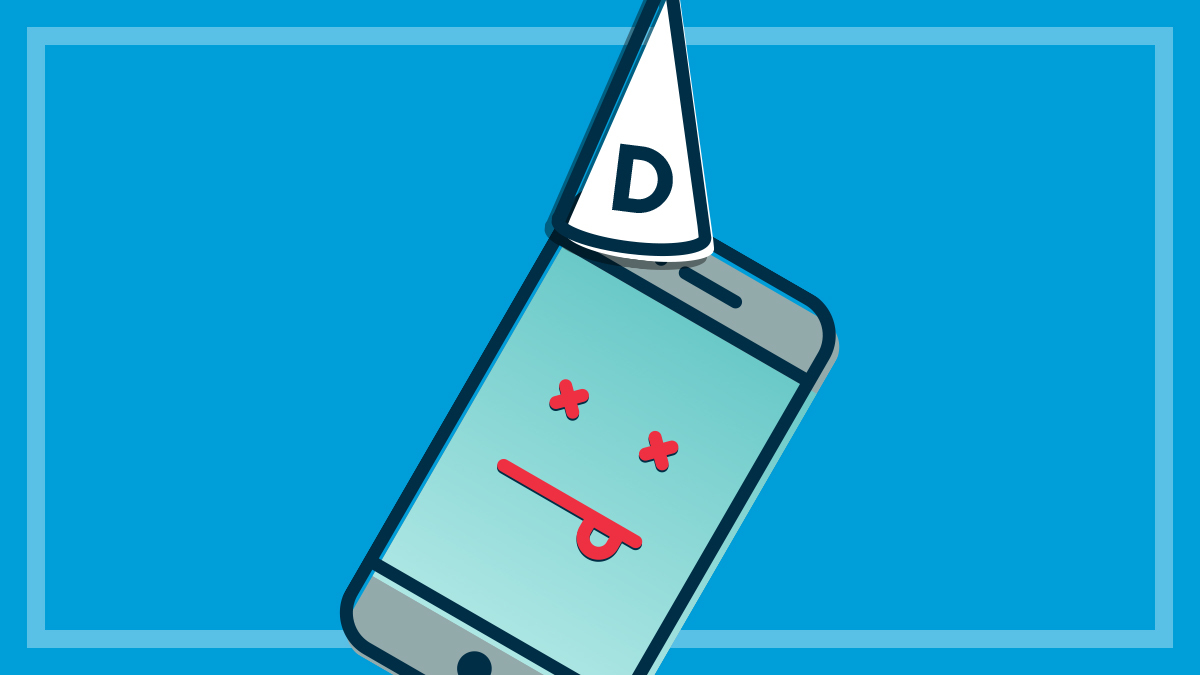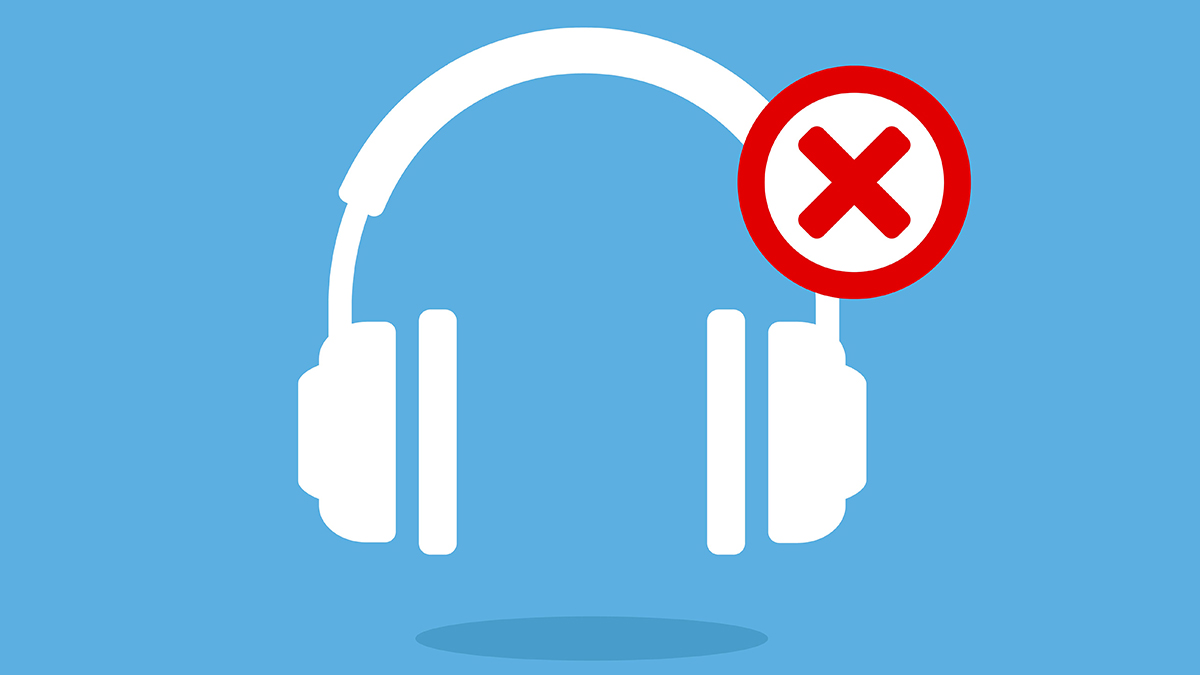Get our independent lab tests, expert reviews and honest advice.
How to find the best tablet or laptop for school

If you’re at the stage where your child needs a laptop or tablet to use in the classroom, it can be tricky deciding what to buy.
On this page:
- What's the best laptop for school?
- A beginner's guide to laptop and tablet specifications
- What to look for in a student laptop
- How to save money on a laptop for school
- Is financial assistance for school laptops available?
- Should I buy an Apple or Windows computer for school?
- Laptop or tablet: Which type of device do you need?
- Other laptop accessories you may need
Your child may be encouraging (pressuring) you to buy the most powerful machine around or you may be tempted to grab whatever happens to be on sale. But before you buy, it’s worth understanding exactly what your school’s requirements are, and how your child will be using the device.
What’s the best laptop for school?
Almost any laptop currently available instore or online will meet the minimum requirements for schools. The starting RRP for a basic model is around $500. After that, as the price increases so does performance (to a point). You shouldn’t need to pay more than $1500 for a student laptop.
Creative tasks that involve photo and video editing, design, drawing and animation require more computing power and a better-quality screen. If your child is interested in any of these subjects, or hobbies, you’ll need to buy a mid- to high-end laptop.
A lot of schoolwork also takes place in the cloud these days, which includes educational video. A good quality basic laptop, or affordable mid-range model, will ensure that cloud-based content and programs load and run without issues (e.g. lag, broken images, video that loads slowly, etc.).
Try to plan for the future. Ideally, a laptop should last at least four years and software requirements can quickly outpace the performance offered by low-end laptops, especially as students move into high school. A higher upfront cost may actually be cheaper in the long run.
Below are broad examples from our laptops test. The rest of the article digs a bit deeper into what to look for to help you make a more informed purchase.
Laptops and tablets for school
Basic
Price range: $500–700
Available storage: 100GB approx.
RAM (GB): 4GB
Battery life: 6hr
Processor (example): Intel Pentium Gold 8505
Weight (kg) 1.4kg
Screen size (in): 13–15
Mid-range
Price range: $700–1500
Available storage: 256–512GB
RAM (GB): 4–8GB
Battery life: 6hr
Processor (example): Intel Core i5–1235U
Weight (kg) 1.6kg
Screen size (in): 13–15
High-end
Price range: $1500+
Available storage: 512GB+
RAM (GB): 8–16GB
Battery life: 8hr
Processor (example): Apple M3
Weight (kg) 1.2kg
Screen size (in): 15+
Basic laptops
Cost: $500–700 approx
Low-end hardware that can handle basic tasks as required by most schools. They’re capable of note taking, web browsing (including cloud-based work), working with spreadsheets, reading PDFs and video streaming. The cheapest options are pretty sluggish. You’ll have to wait a bit for websites to load, software may lag and they’ll have trouble running more than one program concurrently.
Mid-range laptops
Cost: $1000 approx.
More than suitable for running office software, cloud-based programs and web browsers. You may also be able to do some basic image and design work – i.e. Photoshop – and maybe a bit of video and audio editing. But large file sizes in creative programs like this can slow a mid-range laptop down.
High-end laptops
Cost: $1500 an above approx.
These have enough power for all but the most intensive design and video work. There should even be enough grunt for 3D-modelling/rendering and high-end professional tools such as engineering software. Laptops like these go well beyond what’s generally needed for scholarly or office work, like online research and writing essays.
Note that lots of software is subscription-based nowadays. You may need to factor in these ongoing fees depending on your child’s needs.
A beginner’s guide to laptop and tablet specifications
There’s a lot that goes into picking the right laptop for your kid’s needs. Understanding how the various bits and pieces work can help you hone in on the ideal model for schoolwork.
Laptop vs tablet: A traditional laptop, also known as a clamshell, is a better option than a tablet with detachable keyboard. Performance is generally better for the price, they’re easier to use and the casing can provide a bit more protection in a backpack.
Apple Mac vs Windows: most of the core software that your child will be using is available for Mac and Windows. Apple products tend to be more expensive, however.
Weight: Schools recommend a maximum weight of 2kg but there are lots of ideal laptops that are 1.5kg or less. Thinner, lighter laptops tend to cost more.
Screen size: Most laptop screens are 13–15 inches, which is suitable for schoolwork. You can get 10- and 11-inch screens but they can feel crammed. Consider a larger screen, 15-inch or above, if your child is interested in design, image editing, etc.
Battery life: Look for devices that have eight hours or more of advertised battery life, and don’t go below six. Our tests found that most school-appropriate laptops have five to six hours of actual battery life (typically less than what’s advertised), so your child may need to take a charging cable with them.
Storage: Accessible (usable) storage is always lower than advertised. Many low- to mid-range laptops have only a minimal amount – 100GB or less. This should be suitable for office or research work if used in conjunction with cloud storage or an external hard drive.
256GB leaves a lot more leeway and is the better option. Creative work will require a lot more storage – aim for 512GB or more. Most manufacturers or retailers may give you the option to pay a little extra for more storage.
Some laptops have SD and microSD slots to easily – and cheaply – add more storage, too. Look for one with a slot that allows the card to sit all the way in, rather than poking halfway out, otherwise the SD card could get damaged.
RAM (aka memory): Computer programs and the operating system need memory to run. More memory equals smoother performance, broadly speaking. 4GB of RAM is the recommended minimum but 8–16GB will improve efficiency and performance. Creative work requires 8GB or more but 32GB is overkill.
iPads and Android tablets don’t have the same memory requirements. Any relatively new iPad or Android tablet (mid-range or above) will probably be fine.
What to look for in a student laptop
You can narrow down your child’s requirements by going through a few key points.
Review the BYOD policy
Almost all schools have a BYOD (bring your own device) or BYOT (bring your own tech) policy that lays out the broad requirements for a suitable school laptop. These typically cover the software that teachers are likely to use. Some policies are more detailed than others. Good ones will list specific programs that are part of the curriculum and may even recommend specific models or provide minimum specifications.
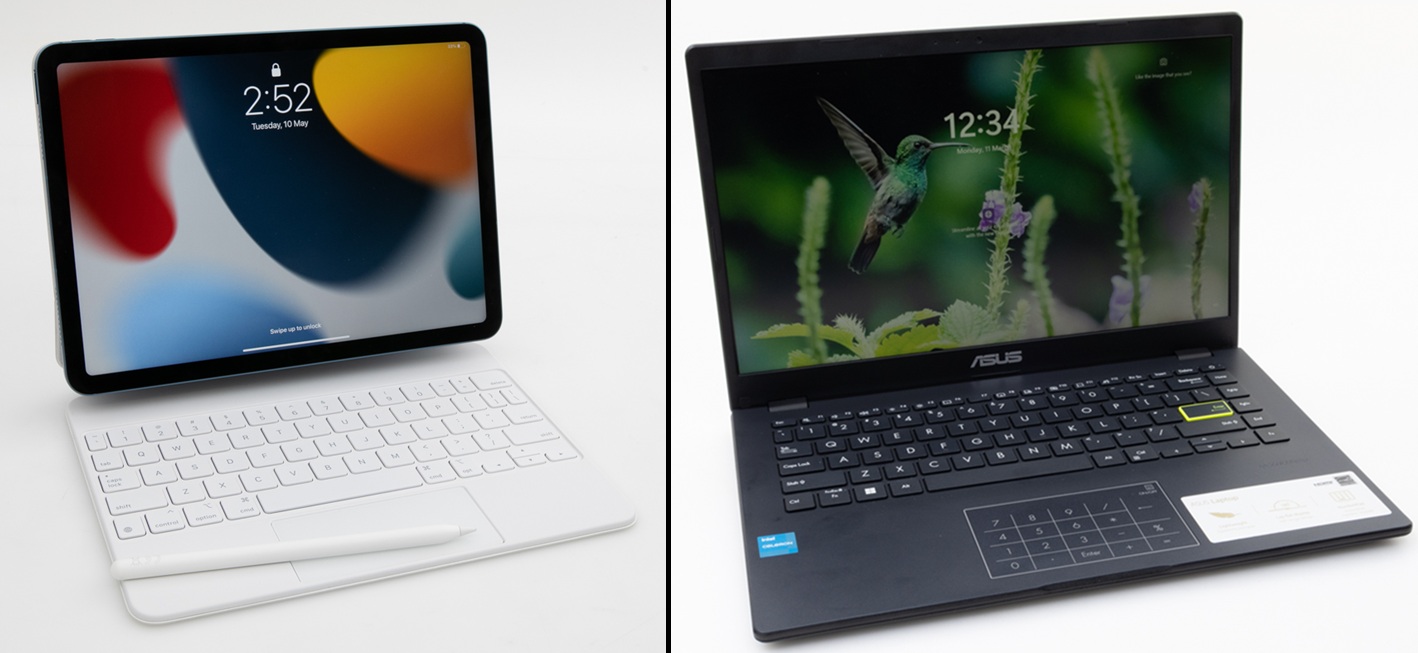
Speak to the teachers
If the BYOD policy is lacking, ask the school for information about the curriculum and how students are expected to use their laptops. Try to gauge whether study will take place locally (software installed on the hard drive) in the cloud, whether it’s predominantly research and writing or if graphic design, etc., is going to be involved.
Speak to your kids
Try to identify any interests or hobbies that your kids might have as this can influence how they go about picking certain subjects and completing assignments. For example, if they’re interested in photography, you may consider a higher-end laptop capable of image editing.
Speak to your kids
Try to identify any interests or hobbies that your kids might have as this can influence how they go about picking certain subjects and completing assignments. For example, if they’re interested in photography, you may consider a higher-end laptop capable of image editing.
Consider hobbies and entertainment
Everyone deserves a break and, let’s be honest, many young people like video games. A slightly more powerful computer capable of running games can be a great motivator – a la finish your schoolwork and you get an hour of Fortnite.
A good quality laptop (fast processor, plenty of storage, RAM and a great screen) can also be a tool that encourages kids to pursue hobbies that may not be taught in schools. A child that likes photography, for example, could really benefit from some editing software and a mid- to high-end laptop to match.
How to save money on a laptop for school
$1000 is a big upfront expense, not to mention the cost of accessories, software and so on. Fortunately, tech products tend to have a lot of leeway in the RRP. If you’re looking at buying a refurbished or second-hand Windows device, make sure it’s compatible with Windows 11.
Discounts and deals
Microsoft offers discounted prices for education use, and some retailers, such as Harvey Norman and JB Hi-Fi, offer education BYOD discounts for specific devices. Key sales periods such as the November Black Friday sales and Boxing Day sales are also a great time to pick up discounted models ahead of the new school year.
Bundles and haggling
Retailers love an upsell. You can more than likely talk down the overall cost if you bundle your device with some accessories and programs in the one sale.
Don’t be afraid to go instore and ask for a deal as well. Ask the salesperson what their best price is and push for a better discount if you’re feeling confident. Remember to shop around and bust out the old price-match too.
Refurbished computers
A number of manufactures, including Apple and Dell, sell refurbished models at a discount. They may be slightly older but should still have specs suitable for schoolwork. Check all the info before buying just to be sure.
Second-hand shopping
You might be able to find a cheap, used laptop online, but be extra careful of private purchases and always inspect the goods carefully and try them out before you buy. Make sure it has been factory reset or you may find yourself with a laptop locked to the previous owner. You should also look up the make and model online to confirm its specifications match your needs.
Avoid devices that are more than a few years old. Performance probably won’t be up to scratch and they may not work with the latest software (which is required for school). Older operating systems don’t receive regular, or any, security updates after a certain point.
Is financial assistance for school laptops available?
If you aren’t in a financial position to purchase a new or second-hand device, or you don’t currently own one that fits your school’s specifications, approach your school. There may be programs or devices available for loan.
BYOD policies may also have support schemes that can partly cover the cost of a new laptop. State governments can also offer heavily discounted or free one-off software licences to students for some apps. The New South Wales government, for example, provides a number of vouchers that could be put towards school supplies. Just double-check the fine print.
Manufacturers and retailers can also help. Retailers may provide student discounts when asked, even if they aren’t advertised. Microsoft’s Shape the Future program allows qualifying primary and secondary educational establishments to buy devices with discounted Windows licences.
Most charities can point you in the right direction as well. There are a number of third-party organisations that refurbish older, donated laptops for people in need, including students. These are either available for free or sold at a heavy discount.
Alternatively, if you have a device that you no longer require, consider donating it. You could really help a family out.
Should I buy an Apple or Windows computer for school?
Both Windows and macOS (the actual name for the Apple operating system) laptops are accepted in schools, as are most iPads and some Android tablets. Software for schoolwork is available for both operating systems so you won’t need to worry about compatibility.
However, more specialised programs or creative tools may be exclusive to Windows or macOS. If the school recommends a particular program, double-check compatibility before buying.
Keep in mind that moving between Windows and macOS ecosystems has become pretty tricky. The best way to move files around is via a cloud storage service like Dropox or Google Drive. These may incur monthly subscription fees.
While each operating system has its army of fans, neither is explicitly better or worse. That said, the Apple ecosystem is a little more locked down, but this does make things easier if you want to move files between, or connect to, other Apple products like an iPad or iPhone.
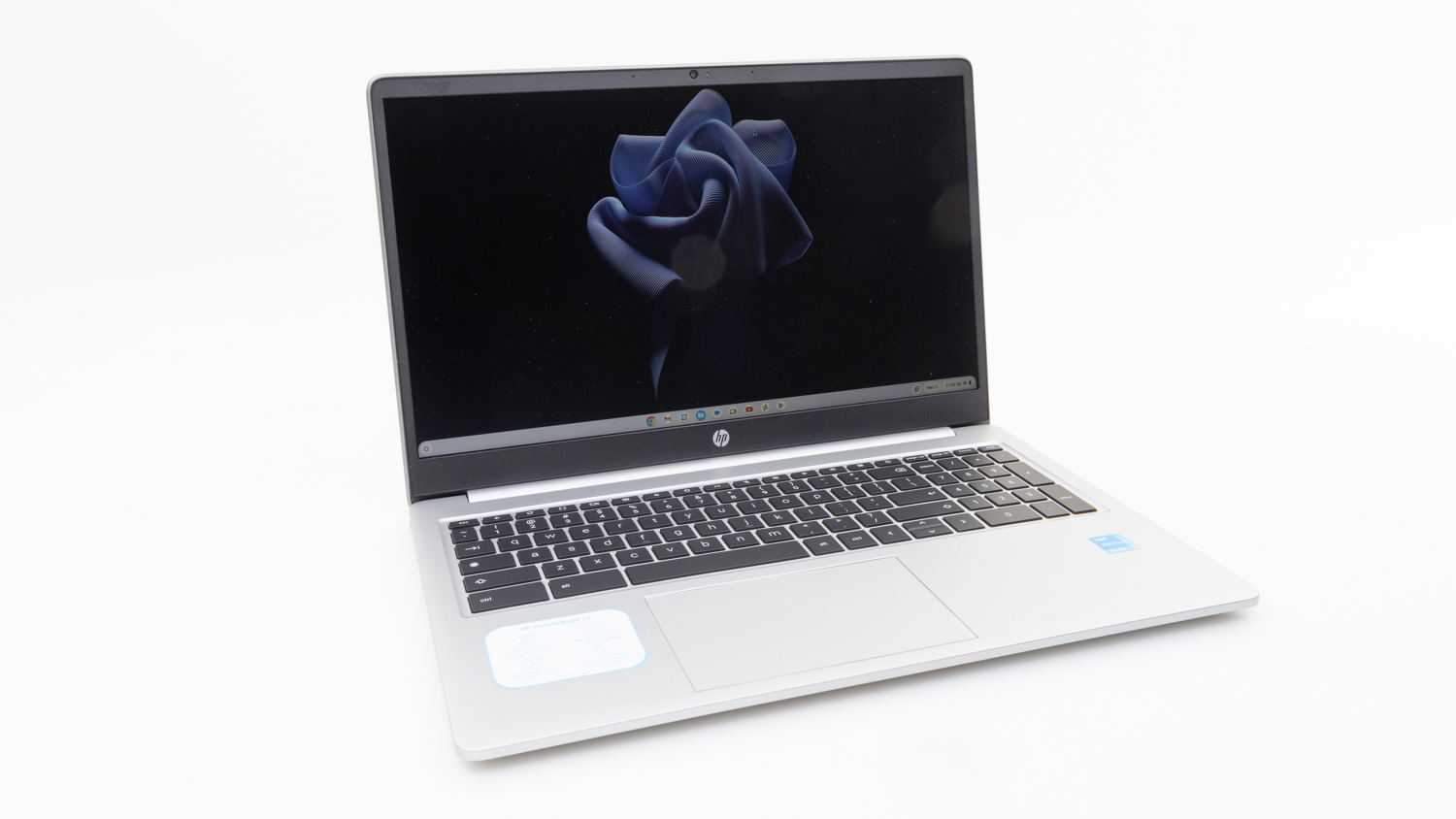
Is a Chromebook good for students?
A Chromebook is a lightweight alternative to laptops that runs Google’s ChromeOS. The main difference is that everything operates through web browsers and the cloud. You can’t install software in a typical fashion. Instead, Chromebooks rely on online services and a handful of programs in the Chrome Store to function.
They tend to be cheaper, don’t require a lot of processing power, and battery life is solid. However, you’re limited to the cloud-based software and programs that Google chooses to distribute with ChromeOS.
While they’re definitely a viable option for office work and some school projects, they can feel limited in other areas. More specialised software, creative tools and games may not perform well or function at all on a Chromebook. Check your school’s BYOD policy for information on Chromebooks before buying.
Laptop or tablet: Which type of device do you need?
Traditional clamshell-style laptops are often suggested by BYOD policies. Their casing also helps protect the insides compared to a tablet with detachable keyboard, for example. However, there are alternatives.
Two in ones (2-in-1s) are laptops that have a touchscreen and fold-back or removable keyboard for use as a tablet with fingers or an electronic pen/stylus. Some look just like a laptop until they flip or come apart. They’re quite useful for drawing and design.
Other hybrid devices, such as the Microsoft Surface Go or Samsung Galaxy Book2, are Windows tablets with detachable keyboard covers (sold separately for Surface devices). This makes them super lightweight, but they can be pricey.
iPads and Android tablets sometimes fit the requirements, but check with your school to see if they’re allowed. You may also need to buy a physical keyboard cover or attachment. If the students need to use specific device-based apps, there will need to be an iPad version available.
Do I need to insure a laptop for school?
A laptop or tablet can take a battering in the school bag, even if you do have good protection for it (which is essential). Kids are also prone to losing things. If you’ve spent a fair whack on a device, it’s worth looking at insurance.
You can insure your laptop by:
- taking out portable contents cover on your home insurance, or
- buying single item insurance.
Most insurers offer portable contents cover as an optional extra; some include it by default. Usually portable contents cover will come with sublimits. This could be anywhere from $500 up to $15,000. If the replacement cost of your laptop is more than your insurer’s sublimit, then you can usually opt to list it on your policy for an amount of your choosing (though this of course comes with a higher premium).
You can get specialty insurance for your laptop direct from an insurer, from the retail store where you buy the laptop, or from an ‘on-demand’ insurance provider which is typically an app on your phone where you can turn the insurance cover on and off.
Policy exclusions
Yes, you do need to read the fine print. In particular, pay attention to who is ‘insured’ by the policy. If it’s your name on the policy, will the laptop be covered if other family members such as your children take it to school?
And similar to travel insurance, portable contents cover will generally exclude cover for loss or theft of items out of your direct sight in a place where the public has access to. Depending on how the insurer interprets this, it may include a workplace or a classroom.
In other words, if the laptop goes missing from the classroom while your child is looking in the other direction, such as talking to a classmate, an unscrupulous insurer may deny a subsequent claim for loss.
Other laptop accessories you may need
The laptop/tablet is just the first of many expenses you’ll likely need to budget for. A few accessories, while optional, are beneficial and may also be required:
Carry case: These are inexpensive and will help protect the laptop from the general recklessness of youth.
External hard drive: Internal hard drives can fill up quickly, especially if your child is doing creative work. A one- to two-terabyte drive will provide enough extra storage, and can safely backup files should the laptop get damaged or lost.
Keyboard and mouse: The keyboard and mouse pad on a laptop can be small, cramped and difficult to use for long periods. A USB or Bluetooth keyboard and external mouse will be much more comfortable.
External monitor: most laptops have a small screen, which isn’t always suited to multitasking. External monitors are useful in that regard and tend to be more comfortable to look at during extensive study sessions.

